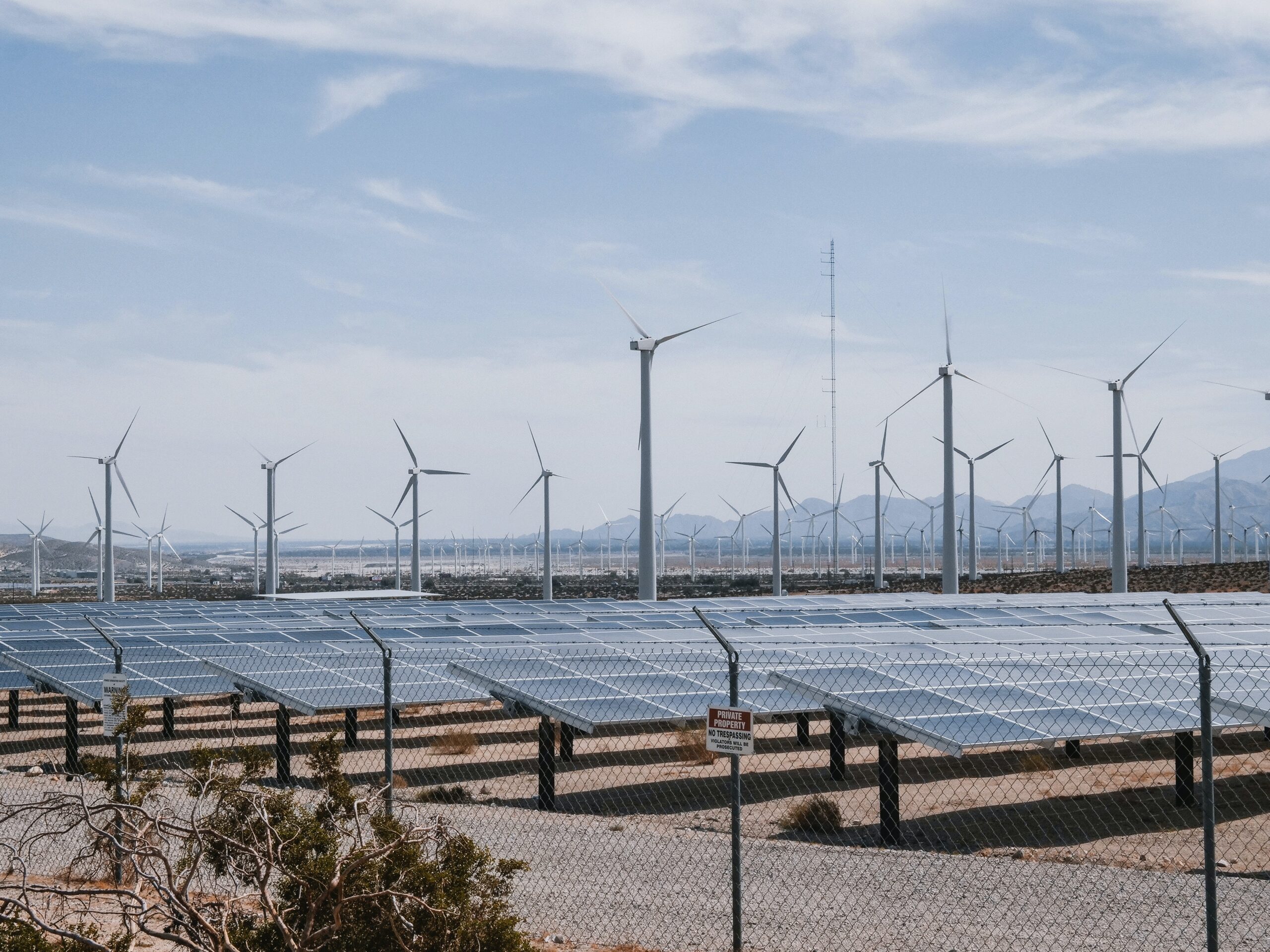Are you curious about the power of the sun? Do you want to find out how solar energy is used and where solar energy is found? Solar energy has been a source of renewable energy for centuries, and today we are uncovering more ways to use this amazing resource!
In this article, we’ll explore what solar energy is, how it works and where it can be found. Get ready to discover how the sun provides us with clean, sustainable and renewable power!
1. Introduction to Solar Energy
Solar energy is a renewable and sustainable form of energy that has been used for centuries to heat homes, generate electricity, and even power vehicles. Solar panels act as an efficient way to capture the sun’s rays and convert them into usable energy. With advances in technology, solar energy is becoming more accessible than ever before.
2. How Does Solar Energy Work?
Solar energy is a renewable resource that harnesses the power of the sun and turns it into electricity. It works by using photovoltaic cells which absorb sunlight during the day, converting it into solar energy which is then stored in batteries for later use.
Solar panels are mounted onto rooftops or other surfaces to collect as much sunlight as possible and this energy can be used to power homes, businesses, and even vehicles!
3. The Benefits of Solar Power
The benefits of solar power are numerous. For starters, it is a clean energy source that does not emit any greenhouse gases or pollutants into the atmosphere. In addition to being environmentally friendly, solar panels can also help reduce your electricity costs over time.
Solar energy is renewable and cost-efficient in the long run since you don’t have to pay for fuel as with traditional sources of energy. Furthermore, government incentives exist for those who choose to install solar technology on their property in order to incentivize individuals and businesses alike to switch from fossil fuels.
4. Types of Solar Energy Technology
Solar energy is a renewable and clean form of energy that can be used for heating, cooling, generating electricity and more. There are several types of solar technologies available ranging from active to passive systems.
Active solar systems use photovoltaic cells or mirrors to absorb sunlight and convert it into usable forms of energy such as electricity, while passive solar uses the sun’s heat directly with no mechanical parts or electronics. Both are effective ways to harness and utilize natural resources in an environmentally friendly way!
5. Where is Solar Power Found?
Solar power can be found all over the world! It harnesses energy from the sun, converting it into electricity that can then be used to power homes and businesses. Solar panels are typically installed on rooftops or in large fields with lots of direct sunlight. Additionally, solar-powered devices like calculators and smartphones are becoming more common as well.
6. Challenges and Opportunities for the Future of Solar Energy
The future of solar energy looks very promising in terms of cost, efficiency and sustainability. Despite the current challenges faced by the industry, advancements in technology have led to a rapid rise in demand for solar energy around the world.
With more efficient and affordable solar panels, battery storage costs declining steadily, and government incentives becoming increasingly available, there is huge potential for growth over the coming years. Additionally, increased public awareness regarding climate change has made people more conscious of their impact on the environment; this means that they are more likely to invest in renewable sources like solar.
As such, there are significant opportunities ahead for those willing to bravely tackle these challenges and pursue innovation within this vital sector.
7. Conclusion: Final Words on Where Solar Energy is Found Typically
Solar energy is an abundant resource, with the sun being a major provider of energy for our planet. As solar technology continues to evolve, more and more people are using it as a source of renewable energy.
Solar power can be found in many places on Earth – from rooftops to deserts; from small-scale applications like powering homes or businesses, to large-scale operations such as providing electricity for entire cities and countries. With advances in solar technology continuing to make it easier and cheaper than ever before, the future looks bright when it comes to harnessing this clean energy source!
If you found this article insightful, you should absolutely check out other articles on how you can use the solar energy effectively for various purposes (homes, vehicles, etc.).
